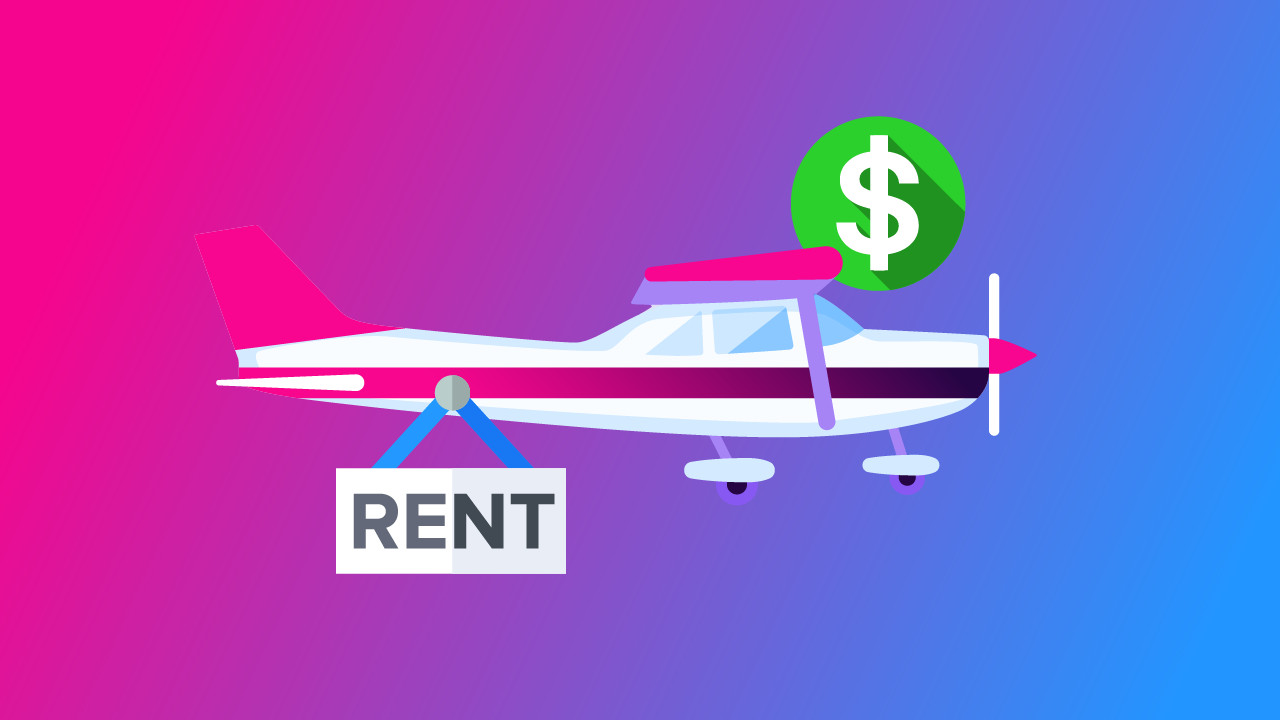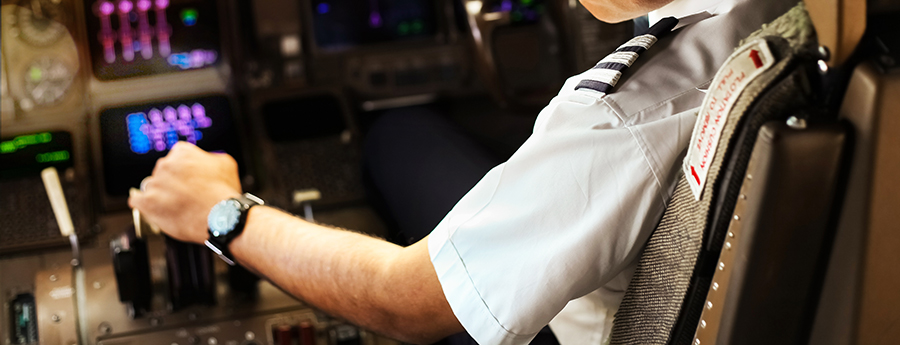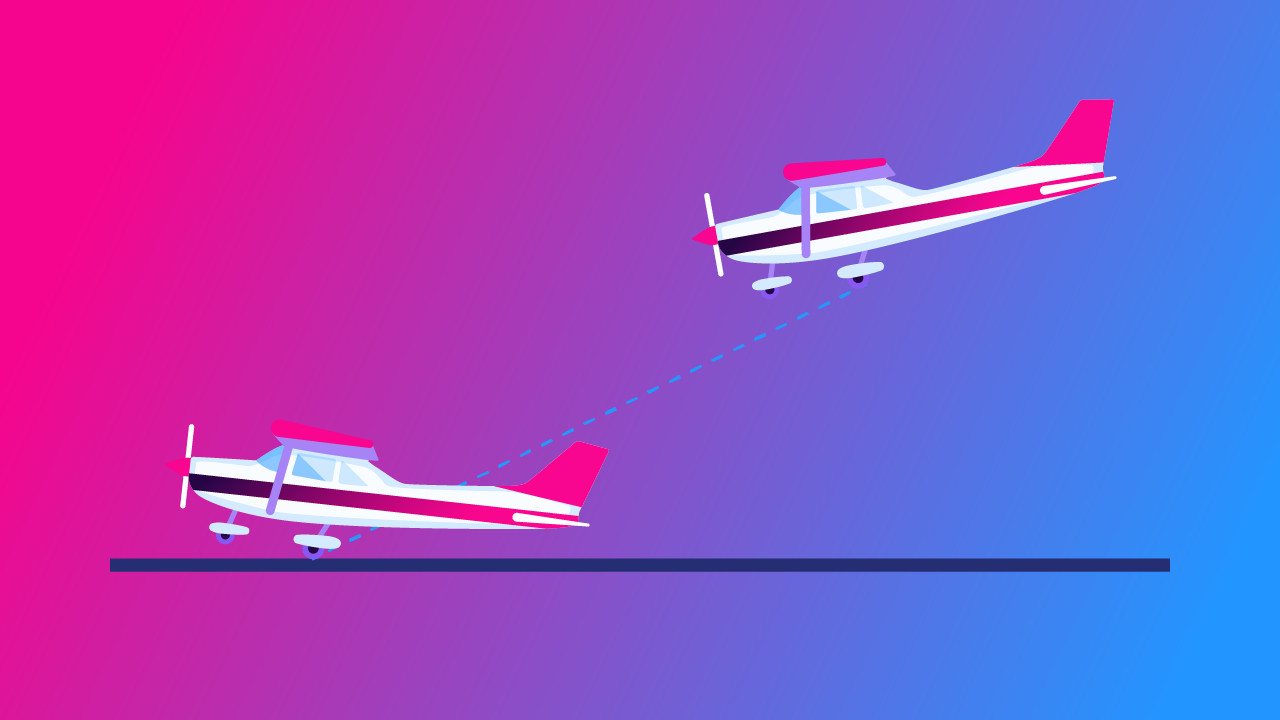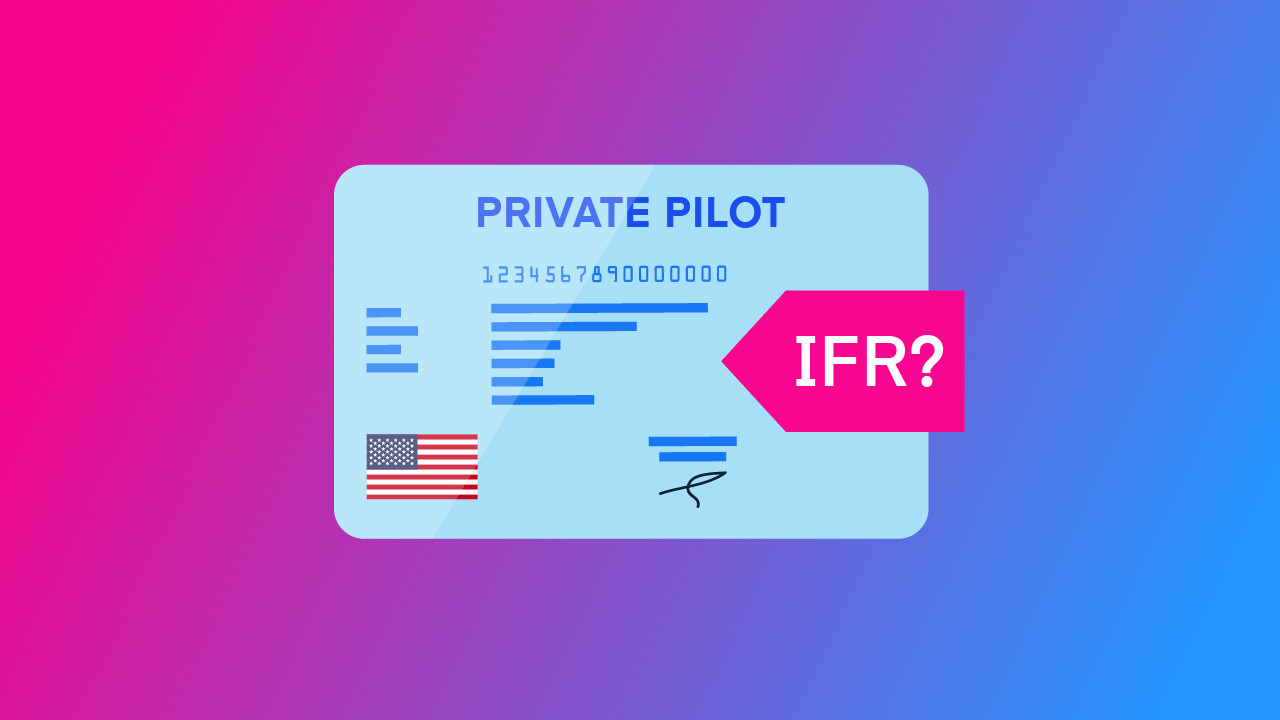-
Key Takeaways
-
Renting an Aircraft for Flight Training
- Pros of Renting
- Cons of Renting
-
Owning an Aircraft for Flight Training
- Pros of Owning
- Cons of Owning
-
Cost Comparison of Renting vs. Owning
- The Cost of Renting
- The Cost of Owning
-
Factors to Consider When Deciding
- Your Flight Training Goals
- Budget and Financing Options
-
How Most People Pay for Flight Training
- Budgeting for Renting Costs
- Financing Aircraft Ownership
- Scholarships and Other Financial Assistance
-
Conclusion
If you can afford to buy your own airplane, deciding to own or rent is an important choice for new pilots. Both options have benefits and challenges, and each comes with different costs.
Renting can save money at the start, while owning gives you more control and flexibility.
This guide will explain the pros and cons of each option so you can pick what works best for your flight training journey.
Key Takeaways
- Renting an aircraft gives you versatility, but expenses add up in the long run.
- Owning an aircraft is more convenient, but it requires a higher commitment.
- The right financial choice depends on your goals, budget, and priorities.
- Explore financing, scholarships, loans, and ownership partnerships.
Renting an Aircraft for Flight Training
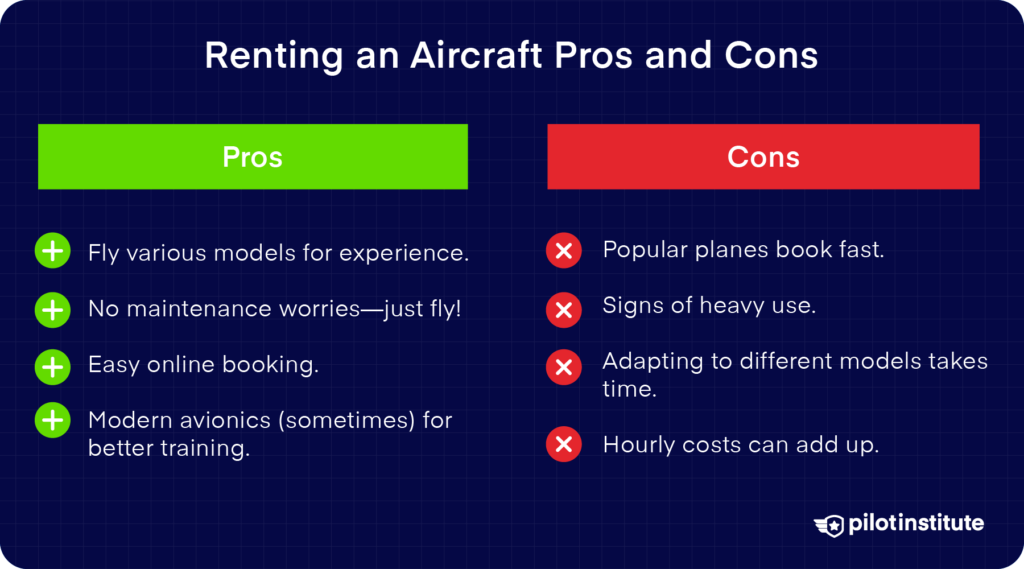
One of the most common flight training choices is renting an aircraft. This comes as no surprise since it gives you more flexibility. Plus, it doesn’t require a big commitment to own an aircraft.
Is this the right choice for you? Before you decide, let’s weigh its pros and cons.
Pros of Renting
Renting an aircraft has a lot of benefits, especially if you’re just starting your flight training. For example:
- Lets you try different aircraft: Renting lets you fly various aircraft models. This benefits you in two ways: it helps you figure out which type you like best, and it gives you experience on different airplanes!
- No maintenance worries: You won’t have to worry about aircraft inspections, repairs, or general upkeep. The flight school or rental company handles all of that, so you get to focus on flying.
- Easy access: Many flight schools offer simple and convenient online scheduling systems for booking airplanes. All you have to do is schedule your flight and hop on the aircraft!
- Modern avionics(sometimes): Companies that rent out their aircraft often keep their equipment updated, like installing advanced avionics. This can make your training easier and prepare you for flying in the real world.
Cons of Renting
But while renting is convenient, it may not be for everyone. Here are a few downsides you should think about:
- Busy schedules: Popular aircraft can get booked quickly, especially during busy training times. This could mean you’d have to adjust your schedule or wait longer for it to be available.
- Wear and tear: Rental aircraft can show signs of heavy use, making them less comfortable or affecting their performance.
- Adapting to different models: Each aircraft has unique controls and features. Some are “sinkers,” while others are “floaters.” Cockpit instruments and equipment also tend to be configured differently. This can get confusing and slow down your progress at first.
- Costs add up: Renting costs less upfront than owning, but the hourly rates can increase if your training takes a while.
Do you want convenience and variety without the hassle of owning an aircraft? Renting an aircraft is a great option!
It’s smart to focus on your skills and training while someone else handles the maintenance. Just plan your schedule carefully and be ready to adapt to different aircraft types.
If you’re looking for an easy, low-maintenance way to achieve your aviation goals, renting might be the perfect choice for you.
Owning an Aircraft for Flight Training
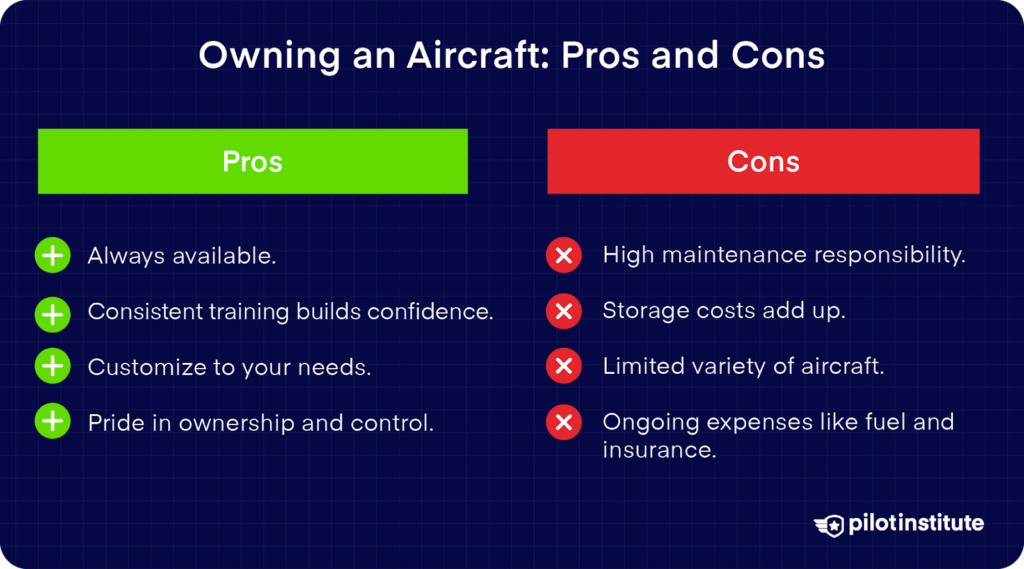
While renting an aircraft sounds convenient and low maintenance, how does it compare to having your own?
Owning an aircraft gives you complete control over your training experience. It’s a big investment, but it’s the right choice for some to meet their aviation goals.
Pros of Owning
Owning an aircraft can give you benefits that renting can’t match, such as:
- Always available: Your aircraft is yours anytime you need it. You won’t go through the hassle of scheduling conflicts or waiting for an aircraft to become available. It’s one pilot for one aircraft.
- Consistent training: Always training on the same aircraft helps you become deeply familiar with its controls and performance. This consistency can speed up your learning process and build your confidence.
- Customization: You can modify or upgrade your aircraft to suit your training needs, like installing better avionics or customizing seating. This level of personalization just isn’t possible with rental aircraft.
- Sense of ownership: Having your own aircraft gives you a sense of pride and responsibility. It also means you control its maintenance schedule, ensuring it’s always in the best condition. Whatever happens to your aircraft, it’s you who calls the shots.
Cons of Owning
Owning an aircraft is rewarding but has drawbacks that need careful consideration. Let’s go through each of them.
- Higher commitment: Unlike renting, owning means taking on maintenance, inspections, and repairs yourself. This can take time and effort, especially if issues come up unexpectedly.
- Storage and logistics: Do you have a place to keep your aircraft? You’ll need to rent or own a hangar or tie-down spot, which adds to the overall responsibility.
- Variety is limited: While renting allows you to try different airplanes, owning means you’re limited to the one you’ve purchased. This could be a drawback if you want to gain experience flying various models.
- Costs beyond the price tag: In addition to the purchase price, you’ll need to budget for fuel, insurance, maintenance, and storage. These ongoing costs can add up quickly, even if you fly regularly.
Do you want unmatched freedom and consistency? Owning an aircraft gives you these benefits, but it’s a big responsibility.
It’s ideal if you plan to fly frequently and want to invest in your training long-term. If you’re ready to take control of your training and are comfortable managing the logistics, owning could be an excellent option.
Cost Comparison of Renting vs. Owning
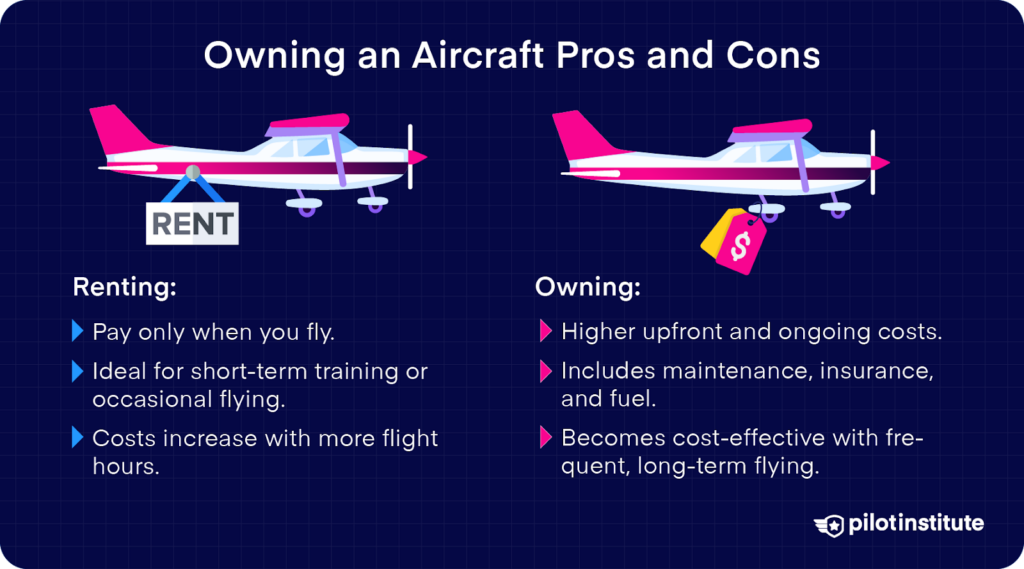
Still feeling torn? The costs might just be the biggest deciding factor.
Renting seems easier to manage upfront, but owning can sometimes make sense in the long run—especially if you plan to fly often.
Choosing between renting and owning isn’t just about how much you’ll spend; it’s about how those costs line up with your training needs and future plans.
Let’s break down the costs of each option to give you a clearer picture.
The Cost of Renting
Renting costs are typically straightforward. For a single-engine airplane, you’ll be paying between $120 to $200 per hour in rental fees. If you need an instructor, you’ll pay an additional $40 to $70 per hour.
The advantage of renting is that you only pay when you fly, so you don’t incur costs for downtime. This makes it a practical choice for pilots who are only training or flying occasionally.
Here’s a sample scenario:
Let’s say you need 60 hours of flight time to complete your private pilot license. Renting a Cessna 172 at $150 per hour and hiring an instructor for 20 of those hours at $60 per hour brings your total to:
- Aircraft rental: $9,000
- Instructor fees: $1,200
- Total cost: $10,200*
*Note: Pricing is only a rough estimated cost.
Remember that this amount only reflects your expenses for 60 hours. If you plan to rent to build more flight time, especially for an ATP, your costs will increase dramatically.
However, this still depends on whether you plan to work after getting your CPL. Will you build the rest of your hours working in general aviation? In that case, renting makes the most economic sense.
The Cost of Owning
Owning, on the other hand, involves both upfront and ongoing expenses. You could spend anywhere from $80,000 to $500,000 to purchase a used single-engine aircraft, like a Cessna 172.
This will also depend on different factors, such as:
- The age of the aircraft.
- Its condition.
- The avionics installed.
Beyond the purchase price, you’ll need to budget for operating costs and annual inspections. Some sources suggest setting aside $1,500 to $5,500 annually for inspections alone, with total operating costs reaching approximately $30,000 per year for 100 flight hours.
Along with this, insurance fees range from $1,000 to $2,500 per year.
Did you know that you have to replace your engine every 2,000 flying hours? For a Cessna 172, this can set you back by around $30,000.
Storage costs vary based on location. Hangar or tie-down fees run about $100 to $500 per month. Additionally, fuel expenses add around $40 to $60 per flight hour.
While these costs are higher than renting, owning gives you complete control over your aircraft, and there are no hourly rental fees.
How would that look if you flew the same 60 hours–but in your own Cessna 172? Let’s break down the cost:
- Depreciation: $3,000
- Insurance: $1,500
- Maintenance: $4,000
- Storage: $3,000 (around $250 per month)
- Fuel: $2,400
- Total cost: $13,900*
*Note: This figure is only a rough estimate, and many changing factors can influence the real price. This also doesn’t account for the purchase and aircraft insurance costs, which will add even further to your bill.
Feeling discouraged? Well, if you plan to keep flying after your PPL course, owning becomes more cost-effective over time. Since rental fees stop when you own the aircraft, every hour flown reduces your overall cost per hour.
So, renting is ideal for short-term training or flying occasionally, while owning makes sense if you plan to fly regularly for years.
Both have financial pros and cons, but at the end of the day, the best choice depends on your priorities.
Factors to Consider When Deciding
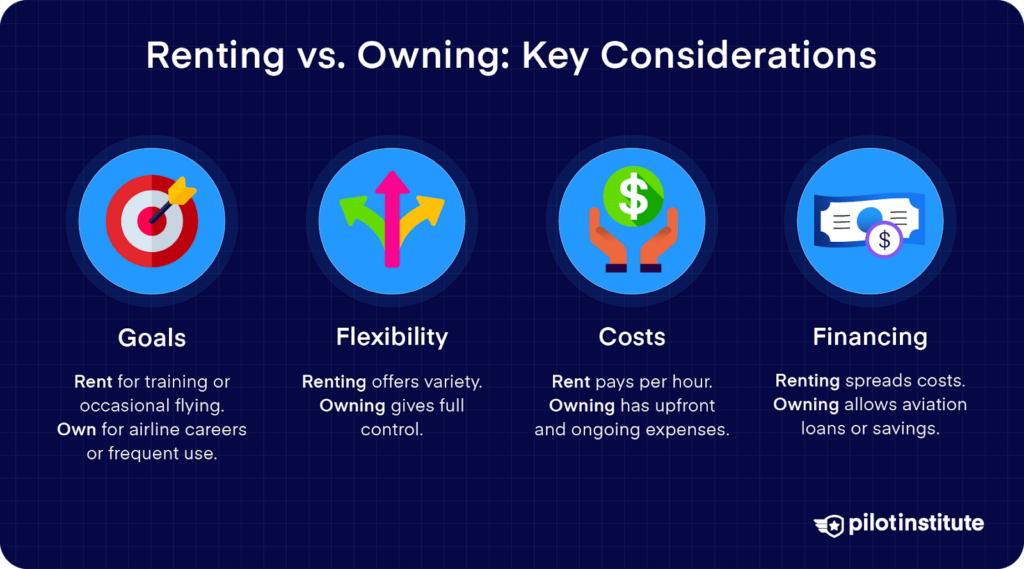
If the costs give you a clear picture, the next step is to think about your long-term plans.
Ask yourself these questions:
- What’s your goal in flying?
- How do you plan to pay for it?
- How often will you fly after training?
Your habits and budget can help you decide whether renting or owning fits your lifestyle.
Let’s look closer and focus on the factors that can shape your decision.
Your Flight Training Goals
If your goal is to earn a private pilot certificate, renting is the most practical choice. You’ll get to focus purely on building your skills and logging hours without the responsibilities of being an aircraft owner.
Renting also makes more sense if you’ll only be flying occasionally after training. You won’t have to pay for ongoing expenses like maintenance, storage, and insurance. Plus, you’ll have the flexibility to choose from different models for different needs.
On the other hand, if you’re interested in an airline career, owning might be worth the investment.
To earn your ATP, you’ll need 1,500 flying hours. Most other pilots build these hours by working as a flight instructor or in general aviation.
If you can afford to fund these 1,500 hours yourself, why not go ahead and buy your own aircraft? The costs compared to renting eventually even out, and you’d save yourself a lot of time and anxiety.
Plus, if you see yourself flying regularly after training, having your own aircraft gives you more control. You’ll be able to fly practically anytime you want, be it for personal travel, advanced certifications, or building hours.
Budget and Financing Options
So, how do you plan to finance your life in the cockpit?
If you’re considering getting your own aircraft, financing options will make a seemingly large expense more manageable.
Of course, paying directly from savings is best to avoid interest, but not everyone is that liquid. So, what other options do you have?
Banks and specialized lenders tailor their aviation loan plans for buying an aircraft. These loans often come with interest rates and terms as long as 10 to 20 years.
To qualify, you’ll need a solid credit score and proof of income. You might also need to budget for a down payment. Some lenders even offer pre-approval processes so you can shop confidently.
Are you leaning toward renting? When you rent, your training costs can be spread out per hour as you gradually build your flight time.
Some schools also have financing plans to help students manage their overall expenses. These may include package deals that combine aircraft rental, instructor time, and ground school.
How Most People Pay for Flight Training
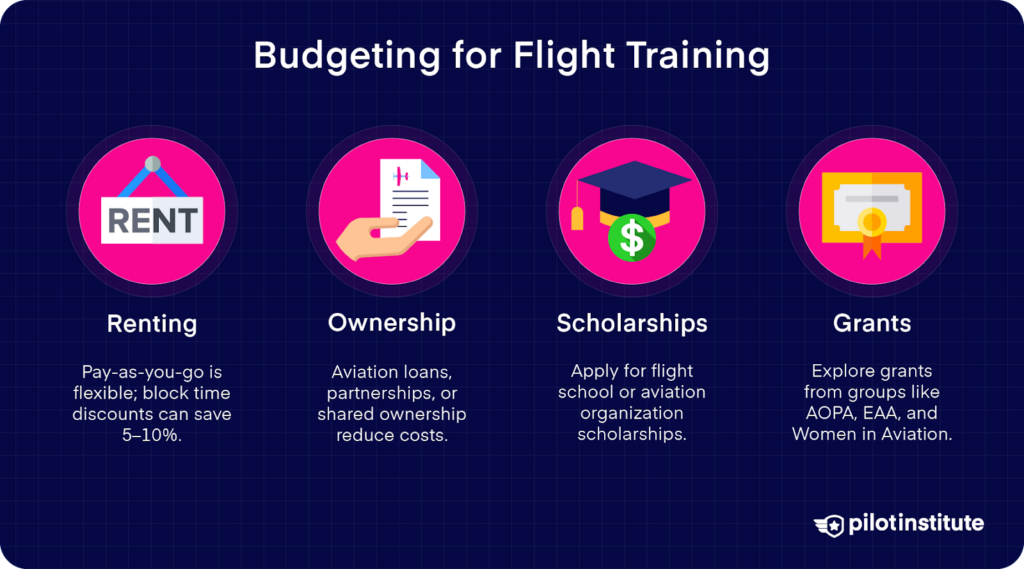
Managing your budget can get overwhelming, but there are flexible ways to make it work.
How do other pilots do it? Let’s explore your options and ways you can lighten the financial load.
Budgeting for Renting Costs
For most students, renting an aircraft is a manageable way to start flight training, thanks to its flexibility. The most common approach is pay-as-you-go, where you pay for each flight session before or after completion.
This method works well for students who have saved up for training or want to spread out the cost. You can also enjoy hourly rental rates that include fuel and insurance, which makes budgeting more straightforward.
Some flight schools may offer discounts with block time programs. With these programs, you can reduce the hourly rental rate if you prepay for multiple hours at a time.
How much would you save? If you buy 10–20 hours in advance, you might get to shave off 5–10% of the total cost. This is a great option if you plan to fly regularly and can commit to a steady training schedule.
You can also look into financing plans for rentals. These programs bundle aircraft rental, instructor fees, and ground school into monthly payments. It’s worth comparing schools and the plans they offer to see which options fit your budget the best.
Financing Aircraft Ownership
If you’re considering buying an aircraft for training or regular flying, there are financing solutions that make ownership more accessible.
- Aviation loans: Specialized loans for aircraft purchases often come with competitive interest rates and flexible terms. These loans are tailored for pilots and usually require a 10–20% down payment.
- Partnerships: Sharing ownership with other pilots can drastically cut down your costs. You can split purchase price, insurance, and maintenance expenses while flying on a determined schedule.
- Shared ownership plans: Some aviation companies offer these programs, and they function like a timeshare. How does it work? You buy a share of an aircraft and pay a monthly fee, which gives you access to an aircraft without the full ownership costs.
These options come with their own pros and cons, so it’s important to weigh the financial and logistical aspects.
Scholarships and Other Financial Assistance
Looking for other ways to save on your flight training? The costs can be pretty expensive, but scholarships and grants can help ease the burden!
- Flight school scholarships: Many flight schools offer scholarships for promising students. These are often based on merit, so maintaining good grades and showing your passion for aviation can help your chances.
- Grants: Plenty of aviation organizations provide grants to help offset training costs. Look into groups like AOPA, Women in Aviation International, and EAA, since they regularly offer financial assistance for aspiring pilots.
- Other funding sources: Some states have programs supporting pilot training, especially if you’re pursuing an aviation career. Check out employer tuition reimbursement plans if you work for a company in the aviation industry.
Conclusion
Choosing to own or rent an airplane depends on your money, goals, and training plan.
Renting costs less upfront and gives more flexibility. Owning can save money over time if you fly often or plan to keep flying after training.
Think about the pros and cons carefully to pick the best option for your flight training.
